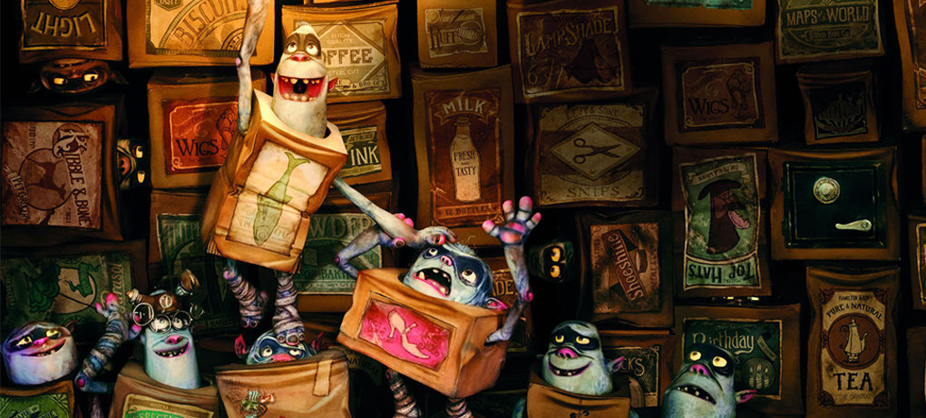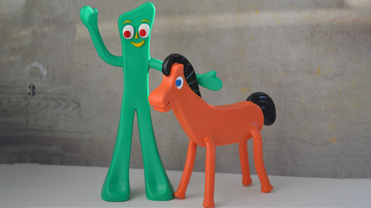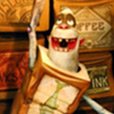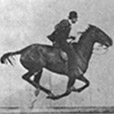Different Types of Stop-Motion Animation

Puppet Animation
Puppet animation is a type of stop-motion animation in which fabricated puppets are animated to interact within their own constructed environment (as opposed to model animation, where the figure interacts with the live action world). It’s probably the most well-known form of stop-motion animation today with such references as Tim Burton’s The Nightmare Before Christmas and Corpse Bride, and Laika Studio’s role out of features such as Boxtrolls, Kubo and the Two Strings, and most recently Missing Link.
The puppets used in this form of animation are built around a metal armature, which is created based on the mobility requirements of the puppet. It’s this interior armature that gives stability to the puppet, allowing the animator to move certain parts of its body to pose the figure and not have to worry about the form moving every time they move away to shoot a frame.
Clay Animation
Clay animation (also known as Claymation) is created utilizing characters or objects molded out of clay or some other pliable material (non-hardening modeling clay such as Plasticine is most commonly used). Depending on what you’re animating, you can build your character up around an armature or wire frame, allowing you to pose the figure similar to puppet animation.
 Clay animation gained a spotlight with the creation of The Gumby Show, first airing on NBC in 1955, animated by Arthur Clokey.
Clay animation gained a spotlight with the creation of The Gumby Show, first airing on NBC in 1955, animated by Arthur Clokey.
Cutout Animation
Cutout animation is a two-dimensional form of stop-motion animation that uses cutout pieces of paper or other material to compose the characters as well as the scenes. The animation is produced by carefully moving the pieces, shooting each frame as you do so. While animating a cutout animation, there are times when some part of a character, (such as the head or body) needs to be swapped out if their facial expression alters or they alter their position in the perceived space (i.e. turning from a front view to a side view).
Probably one of the most well-known examples of cutout animation is the TV series, South Park.
Silhouette Animation
A subset of cutout animation, silhouette animation (also known as shadow puppetry), uses figures cutout from two-dimensional material to create a marionette. The silhouette effect is achieved by backlighting the characters so that only the silhouette or shadow is visible.
Model Animation
Model animation is a type of stop-motion animation in which the character is made to interact and exist within a live action world, (vs. puppet animation where the figures are set in a world designed and built for them).
Dynamation
Dynamation is a stop-motion animation technique invented by the late Ray Harryhausen. His process used a split screen technique with rear projection.
Object Animation
Object animation is the animation of regular everyday objects. This form of stop-motion animation is typically combined with other forms of animation such as puppet or model animation to create a more realistic effect.
Brickfilm
Brickfilm is a subgenre of object animation that focuses on the use of Legos and other similar brick-like toys to create stop-motion animation.
Pixilation
Pixilation is the term used to refer to the use of real humans as stop-motion characters. It was used as one of the earlies forms of special effects in film, allowing people to disappear and suddenly reappear, have them sliding across the ground and even appear to be flying.
Georges Méliès, a French filmmaker, is known as the father of special effects. One of his most well-known films demonstrating his cinematic effects is A Trip to the Moon.
Related Articles

Different Kinds of Stop-Motion Animation

